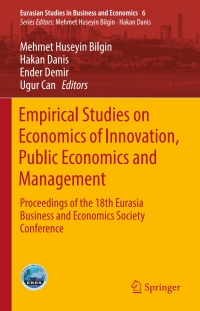5. The town of Quahog, RI has a population of 10,000 individuals that are entering the workforce. A recent survey of the area found that the income distribution for the town was described by the table below: Low Income 15% Middle Class 65% Upper Class 20% Suppose that the best paying jobs in Qualog are at a company run by Mr. Pewterschmidt who believes a college degree serves as a signal for productivity. Anyone without a degree will get paid PVE = $1,800.000 while those without a degree get paid PVE, = 2,100,000. The cost of education (e) is given by the following function: ni (e) = 8.(e-12) Assume that the costs for education are higher per-year for those from lower income households than those from wealthier homes due to the need to take out student loans. Workers from the upper class have their tuition fully paid and don't have to pay living expenses so the only costs they suffer are opportunity costs and the psychic costs of attending school: Ou =20,000 Workers from middle class homes don't have to pay living ex- penses but still need to take out loans for tuition and suffer the aforementioned opportunity and psychic costs): ON - 76,000 Last workers from low income households need to take out enough loans to cover tuition and living expenses, in addition to working while going to school to help with living costs: M - $100,000 Given this information, how many people in Quahog will choose to get a college degree? In the context of this problem, do you see any issues with the use of education as a signal for ability? 5. The town of Quahog, RI has a population of 10,000 individuals that are entering the workforce. A recent survey of the area found that the income distribution for the town was described by the table below: Low Income 15% Middle Class 65% Upper Class 20% Suppose that the best paying jobs in Qualog are at a company run by Mr. Pewterschmidt who believes a college degree serves as a signal for productivity. Anyone without a degree will get paid PVE = $1,800.000 while those without a degree get paid PVE, = 2,100,000. The cost of education (e) is given by the following function: ni (e) = 8.(e-12) Assume that the costs for education are higher per-year for those from lower income households than those from wealthier homes due to the need to take out student loans. Workers from the upper class have their tuition fully paid and don't have to pay living expenses so the only costs they suffer are opportunity costs and the psychic costs of attending school: Ou =20,000 Workers from middle class homes don't have to pay living ex- penses but still need to take out loans for tuition and suffer the aforementioned opportunity and psychic costs): ON - 76,000 Last workers from low income households need to take out enough loans to cover tuition and living expenses, in addition to working while going to school to help with living costs: M - $100,000 Given this information, how many people in Quahog will choose to get a college degree? In the context of this problem, do you see any issues with the use of education as a signal for ability








